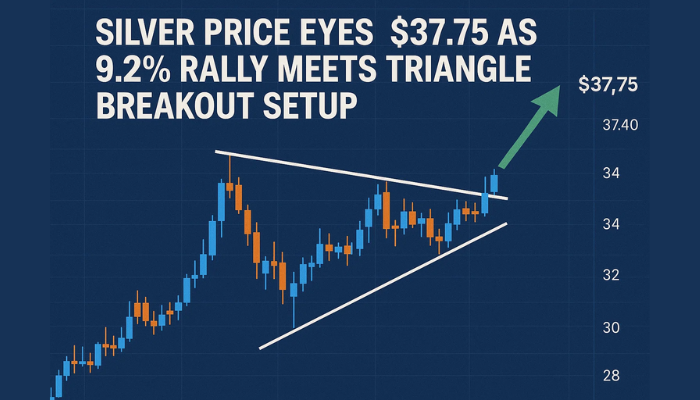Tips For Actively Trading The U.S. Session
From equities to futures, there are a multitude of opportunities over the course of the U.S. trading session.

With the advent of electronic trading, individuals from every corner of the earth are able to engage markets around the globe. All that is needed is internet access, a brokerage account, and some capital to trade almost anything under the sun. The technological framework of the contemporary marketplace is truly amazing — there are very few limits to what we can accomplish as active traders.
When preparing the daily live market updates, I sometimes forget that traders around the world are reading the content. For many, the U.S. session updates serve as an introduction into America’s trading hours and a primer for engaging these enticing markets.
From equities to futures, there are a multitude of opportunities over the course of the U.S. trading session. Let’s go over the key times that occur every trading day and some tips on how to navigate the action.
The U.S. Trading Session: Three Basic Periods
Every single trading day in the United States may be divided into three basic periods. Each is unique and prompts special considerations. Depending upon the market and product being traded, specific times will vary (we will get to those in a minute) but the basic periods remain the same:
- Premarket Hours: The U.S. premarket hours occur from 7:30 AM EST to 9:00 AM EST. Economic releases, as well as pre-open posturing, typically occur during this time.
- Market Hours: The electronic marketplace ensures that it is technically possible to trade nearly 24 hours per day. However, the period from 9:00 AM EST to 4 PM EST produces a lion share of the action in the U.S. trading day.
- Post Market Hours: The modern “overnight” session is non-existent for forex products and about 45 minutes long for standardized futures contracts. U.S. equities go off of the board in a more traditional fashion, with the NYSE closing from 4:00 PM EST to 9:30 AM EST. A safe rule of thumb for the daily “downtime” in the U.S. futures markets is from 5:00 PM EST to 6:00 PM EST.
Each of these periods plays a key role in the active trader’s day. The Pre-market is a great time to game plan and evaluate the coming session. Market hours are when most trades are placed, and the Post Market period is optimal for recapping the day’s events.

Keep An Eye On These Specific Times
Over the course of each trading day, there are a few specific times to be aware of. Volatility and participation spike during these periods, which can create chaotic price action. If you are going to trade throughout the session, be sure to have your stops down and leverage in check ahead of the following schedule:
- 8:30 AM EST: A very common time for U.S. economic data releases
- 9:00 AM EST: The traditional open for commodities futures trading, specifically WTI crude oil.
- 9:30 AM EST: The Wall Street equities cash open.
- 4:00 PM EST: Wall Street equities close
- 5:00 PM EST: Gold futures, WTI crude oil futures close
- 6:00 PM EST: CME electronic futures open
The Value Of Patience
The specific times listed above can pose a myriad of challenges to active traders. Position management and trade selection can be difficult in the face of rapidly increasing participation. Price action has a tendency to become chaotic, with noise often rendering market technicals ineffective.
When in doubt, stay out! If you observe unexpected price action, let the waters calm a bit before jumping in. Unless your trading plan is designed to attack such conditions, it may be best to take a passive role until the market quiets down.
Remember, it is not how much money we make, but what we do not lose. Playing it safe during tumultuous times of day is the first step in attacking the U.S. markets successfully.
- Check out our free forex signals
- Follow the top economic events on FX Leaders economic calendar
- Trade better, discover more Forex Trading Strategies
- Open a FREE Trading Account


